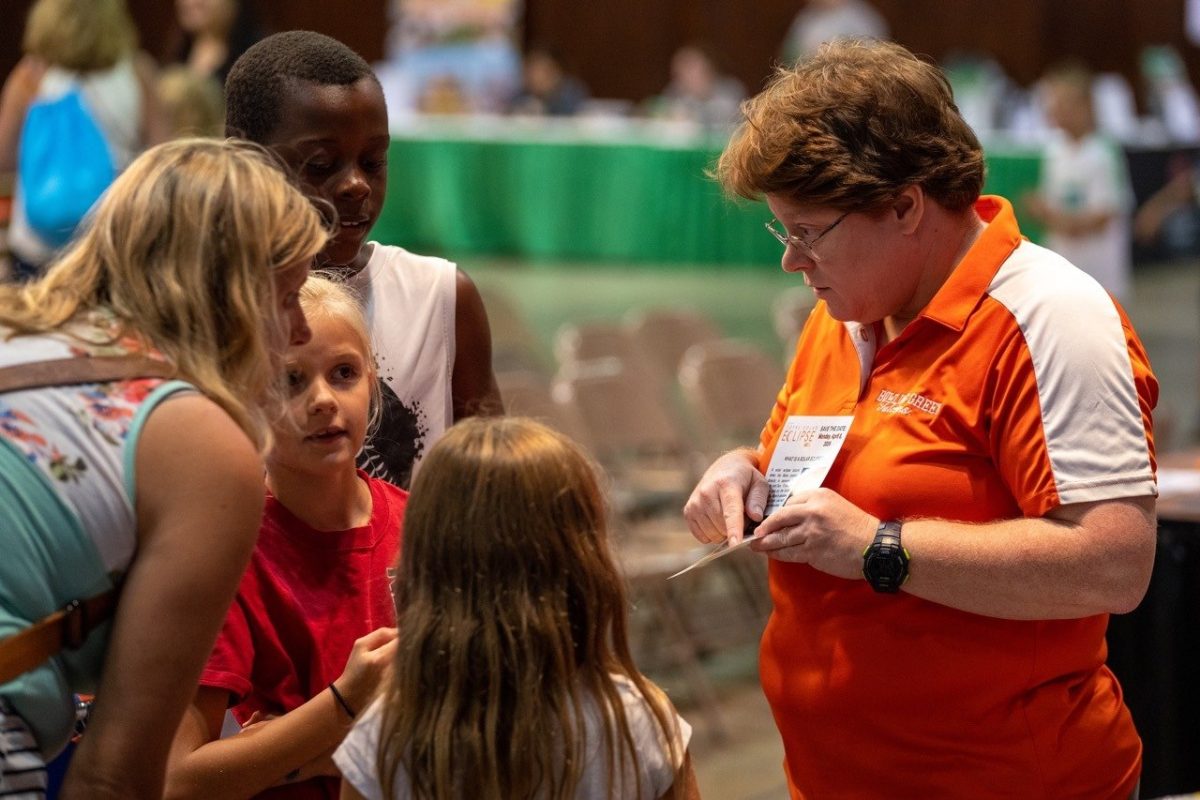Less than 7 percent of students are in favor of a plus/minus grading scale that could be implemented at the University, according to a poll administered by the Undergraduate Student Government.
The poll, which closed in the beginning of December after accumulating over 1,100 responses in one week, led to USG’s Dec. 4 resolution in opposition to a grading scale including pluses and minuses.
“The poll asked some basic questions about the plus/minus grading system and how students felt about it,” USG Academic Affairs Chair Marcus Goolsby said.
When the poll was created, the intention was to continue the discussion into this semester. However, with the clear student feedback and over 1,100 responses, the student government thought it best to pass the resolution before winter break.
“That was a pretty resounding disagreement from the student body,” Goolsby said.
Andy Alt, the assistant vice provost of academic affairs, has been leading a work group since early fall semester on the topic of implementing the new grading scale.
Before winter break, Alt and the work group received the poll results and resolution from USG.
“The student feedback is clear, and I don’t dispute that. I don’t think anybody disputes the student feedback and perspective that was shared,” Alt said.
Alt stressed the importance of the feedback received while also noting that student government’s position on the topic is not the only perspective. He hopes for dialogue to continue between the work group and constituents, and also seeks more meaningful communication.
One of the other perspectives Alt mentioned is faculty.
Dale Klopfer is an associate dean of the College of Arts and Sciences, and a member of Alt’s work group since its creation.
“Faculty (members) tend to like it, and students tend not to like it,” Klopfer said.
Students’ lack of support doesn’t come as a shock to Klopfer, who has contributed to the work group by finding research on the topic. While looking into the topic of changing grading scales, Klopfer found students’ feelings at other schools that went through a change to a plus/minus system were negative.
One argument in favor of a new scale is its likelihood to motivate students more to work harder to receive the best mark. It’s unknown if a new scale would motivate, but Klopfer has not seen any studies supporting or refuting the common argument.
Goolsby doesn’t see the potential for motivation.
“Students already work really hard in all of their classes,” he said. “If they aren’t motivated to work, this isn’t going to motivate them.”
Goolsby, and some of USG, is also concerned that a new scale might require students to spend more time and stress on schoolwork, which would take away from time to be involved with extracurricular activities.
Faculty tends to like the proposal because it allows for more precision in grading. For example, the scale would help to distinguish between a student with an 81 and a student with an 89 percent.
“Those are very different students,” Klopfer said.
Alt and Klopfer stressed an aspect of the proposal they feel some students don’t understand: the new scale would only give faculty the opportunity to award pluses and minuses. Faculty would not be obligated to use them.
This is a misconception that Alt feels is important to be communicated, especially in light of the poll results. Alt also wants students to see opportunity within a new scale to help grade point averages when pluses are awarded.
The first proposal was completed in November, and the work group is now working on its second, to be proposed sometime in January. This new proposal, unlike the first, will likely include pluses and minuses on D and C grades. The first proposal did not include a D-, D+ or C-, Alt said.
For students and faculty who are interested in what the next proposal will look like, Miami, Akron, Ohio State, Kent, Central Michigan and Eastern Michigan all bear close resemblance – though, the proposal won’t necessarily be an exact replica of another school.
The other area of the proposal up for discussion is the inclusion of an A+.
“If there is an A+, it’s unlikely we would have quality points,” Alt said. “Institutions want to avoid grade inflation.”
This means an A+ would be awarded, but the A and A+ would translate to a 4.0.
The next proposal will be received by USG, as was the first.
“I believe that they really will take into consideration (our feedback),” Goolsby said. “If they didn’t (care), then they would have just gone forward with it. And they gave us an adequate amount of time to form a response.”
Alt says the work group is and will continue to be open to feedback.
The work group originally was eying fall 2018 for the new scale, but since has decided to take “reasonable time” to consider the change.
“It seems unlikely, but it’s possible, that it could still be implemented for the fall,” Alt said.
This is due to a deadline around the end of February for the course catalog for next fall. If a proposal is not finalized by the deadline, then it would be unable to be implemented for next school year.













